
The American Alliance of Museums was founded in 1906 at a meeting of some 25 museum leaders of the day who gathered in New York City to discuss, “the advisability of endeavoring to establish an association of the museums of America”. While many things have changed about museums and our communities over those 110 years, we still believe that working together as a field is among our best ideas.
Today, museums are doing some pretty amazing work – far beyond what those founding members of AAM would have ever guessed. We’re also focused on new challenges that at times seem like they might overwhelm us. But museums are resilient! More than ever, dealing with the pace of change that’s all around us is taking a front-row seat in the conversation about what the future holds for museums.
It’s likely that we’ve all had discussions in our museums about how we could innovate more, better, and faster – but innovation for innovation’s sake won’t change us in ways that help museums reach their full potential in service to their communities. Those museums that successfully couple an ability to change with a commensurate ability to measure their own impact have a chance to become nimble learning institutions that can evolve, grow, and adapt to deliver life-changing experiences to their visitors today and in an ever-changing future as well.
As I’ve made the shift from working in museums, to working with AAM as an advocate for museums – it strikes me that AAM is not so different. At 110 years old, AAM is the same age as many of our nation’s museums. As an authority on the standards, policies, and practices of museums – AAM’s reputation and ability to represent the field is pretty important. This leads AAM to seem pretty serious and official most of the time and keeps us from being good at changing and adapting quickly. Sound familiar?
Skip over related stories to continue reading article
As I’ve gotten to know AAM over these first few months – it’s been pretty fun to see the incredibly wide breadth of activity that happens here. Honestly – I really had no idea. In beginning to work closely with this team, we’ve discovered that as we continue to uphold our official and authoritative image for the field – it’s difficult to share openly about work-in-progress, or ideas that we might be exploring that are only in their infancy and not ready to be called finished alongside official statements about the field of museums.
Just like our member museums – AAM needs to find ways to change too. If we stay stuck in our old ways – we’re dead in the water. As we pursue a new strategic plan and some exciting new directions – we are working to become nimble, experimental, and a team that learns quickly. Along the way, we’ve realized that if we want to see different results, we actually have to be different.
So today, we’re pleased to announce that we’re creating the Alliance Labs as a space where we will experiment, try new things, and learn from them – together. The Labs are not a physical place, or a new department within AAM, but rather a way of working and a statement that only by trying new things and measuring our impact will we find the particular recipe for success that allows AAM to serve the field best. We will use the Alliance Labs to learn by doing – experimenting with new approaches and new ways of working together. We will involve, include, and highlight great partners who are changing the way museums do their work. We will do these experiments in the open, write about them, and laugh a little when they blow up in our faces. We will create tools and methods to accelerate our learning and to get better faster. We will document and give these away, so that you can use them to learn faster too.
Are there specific experiences in your museum that you’ve found have helped your team learn better together?The Alliance Labs will try many new things, but in all things we recognize that we learn best and most quickly when we learn together. You may see us using digital tools, but this is not a digital lab. We may talk about innovation a lot, but new ideas can’t spread very far without a team to spread them. If we can succeed at only one thing – we want to be a team that learns.
Our First Experiments
Along with announcing the creation of the Alliance Labs, we’re also unveiling our first few experiments today as well. These experiments will give you a chance to meet more of our AAM Team as we leverage some of their great work in new ways. Each experiment will usually serve multiple purposes. They all help us grow our body of content, or highlight amazing examples from the field – but we will also use them as a chance to evaluate a new approach and build our muscles for creating great content.
Building Cultural Audiences
Beginning in 2014, AAM has partnered with the Wallace Foundation to help amplify some of the research that Wallace has been performing as they explore how to effectively grow audiences in the arts that can increase impact and sustain those arts organizations into the future.
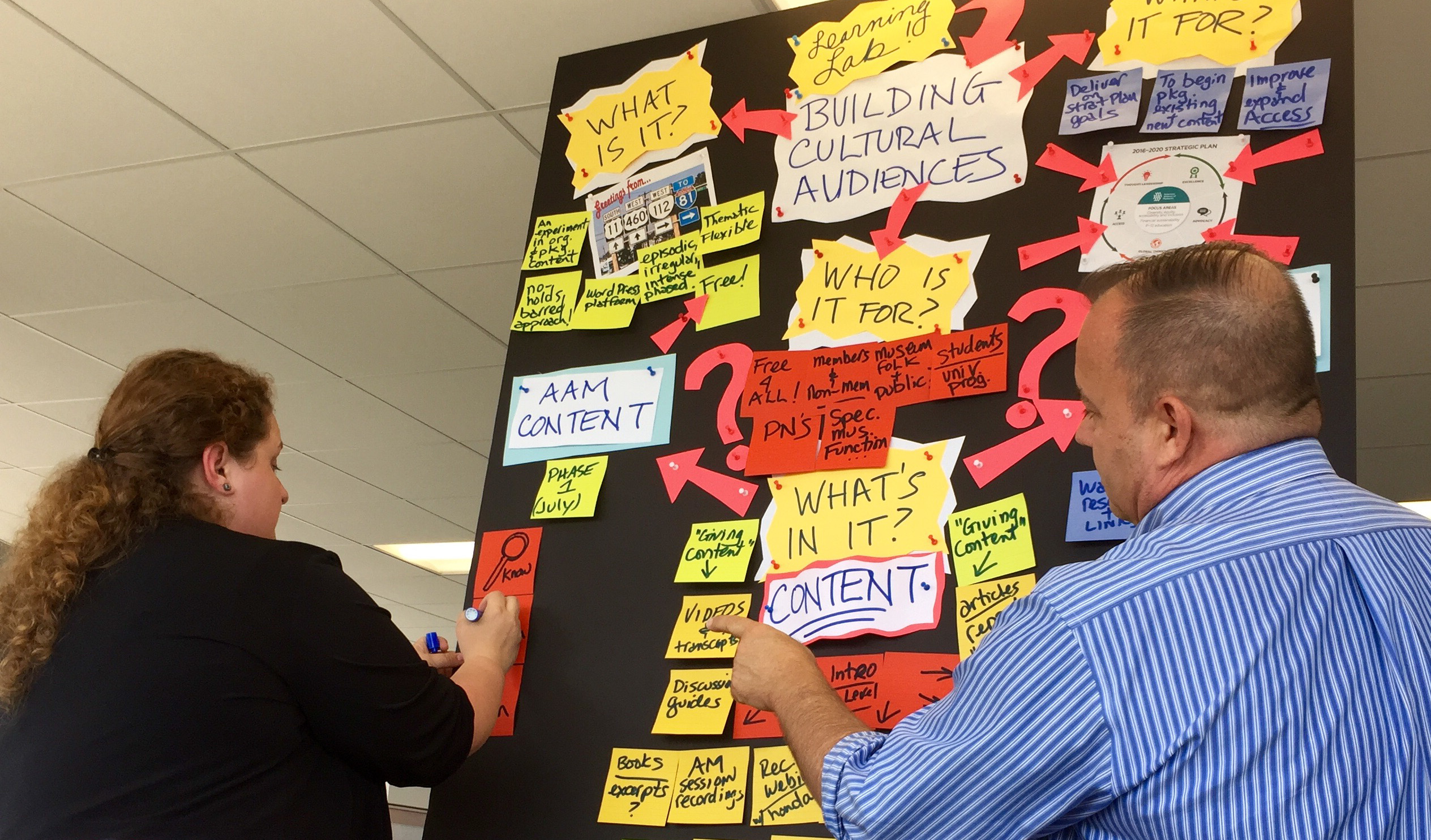
For AAM, we realized that we’re sitting on a huge body of content already and that much of it could help us provide useful resources to you for building your audiences too. Unfortunately, a lot of our content is currently hard to find and access, so this project will focus on bringing a stream of existing content together with new content aligned with a theme of how museums can best reach and grow new audiences. This direction is really well aligned to AAM’s new Strategic Plan and obviously parallel’s the Wallace Foundation’s own important work in this area.
Greg Stevens and Cecelia Walls will head up this project for us and will try on the role of content designers along the way. Greg has led our professional development work and robust webinar program for years, while Cecelia has been cultivating a deep set of professional content in our information center. Both know AAM’s content archives like the back of their hand. I’m excited to see the new ways they will think of to highlight and pair that existing content with some fresh and new insights.
Check out the Building Cultural Audiences digital feature
Connecting to a World of Stories
Many of you may be familiar with AAM’s State Department Funded Museums Connect program. Museums Connect has paired U.S. museums with global cultural organizations for impactful global work for more than 8 years!
Megan Lantz and Alli Roe make up our Global team here at AAM and work tirelessly to support these Museums Connect projects so that each one is a success. As I got to know Megan and Alli’s work, the stories they told me about the kinds of experiences happening through Museums Connect were amazing.
We realized that we’re not doing a great job of telling those stories to you and conveying how important global perspectives and colleagues can be to your work. Furthermore, the team saw that AAM is terribly text-heavy. We don’t yet do a very good job of using a range of media to inspire, up-lift, motivate, and share with you the incredible and important work that’s happening. Megan and Alli will be working to tell stories in new ways and to convey how beautiful it can be to work with partners who bring a different cultural perspective on the world.
Read Stories about the Global Impact of Museums
Getting Out of the Box
Finally, as we’ve already mentioned above, we realized that AAM has no real platform to write about the ideas we’re exploring, conversations we’re having, or work that’s still in-progress. A blog is not anything new, but it gives us a place to share with you an insider’s look at how AAM is working to serve museums better.
While blogs are commonplace these days, I’m not sure that the museum field is very good yet at writing up our work in a way that others can learn and extend upon what we’ve done. Other fields have a vibrant and active body of literature that functions like building blocks of ideas – a scaffold for cultivating knowledge. I’m not suggesting that blogs should become this body of literature for the museum field, but I do think that working on our ability to write and document our work could yield an important asset for helping us all learn faster.
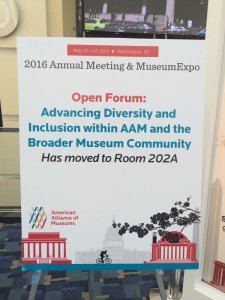 As we work on our writing, we’ll also try to get good at asking smart questions. Ultimately, we want to connect better with all of our incredibly smart colleagues across the field. If we can ask questions that draw out thoughtful discussions, perhaps we can make connections and spark ideas and dialog that lead to real change.
As we work on our writing, we’ll also try to get good at asking smart questions. Ultimately, we want to connect better with all of our incredibly smart colleagues across the field. If we can ask questions that draw out thoughtful discussions, perhaps we can make connections and spark ideas and dialog that lead to real change.
Brooke Leonard is AAM’s Chief of Staff and I asked if she would write about an important conversation that happened at this year’s Annual Meeting around the topics of Diversity and Inclusion. A partnership with AAM’s DivCom, LGBTQ Alliance, and the Latino, Asian Pacific American, and Indigenous Peoples Museum Networks, this discussion probed important topics about how AAM and the field can move museums towards being more diverse, equitable, accessible, and inclusive. I hope you’ll read about the conversation and join the discussion by sharing your own experiences and points of view.
Read about the Open Forum on Diversity and Inclusion
Summary
Are there directions you hope AAM explores as a part of the Alliance Labs? We’d love to hear your ideas!Over the next months and years, the Alliance Labs will launch many different projects and ideas in this space. We hope that you’ll find value in those ideas and tools, but more so we hope that you will accept our invitation to join along with us and provide your thoughts and insights about how we might learn better and experiment together.
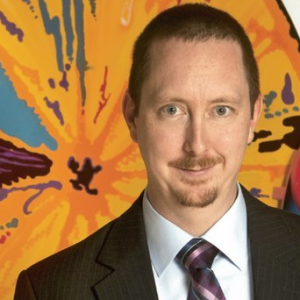
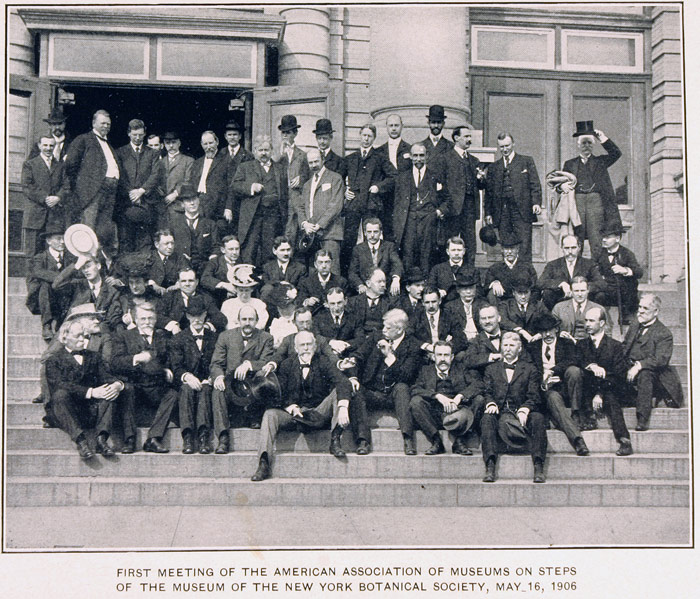
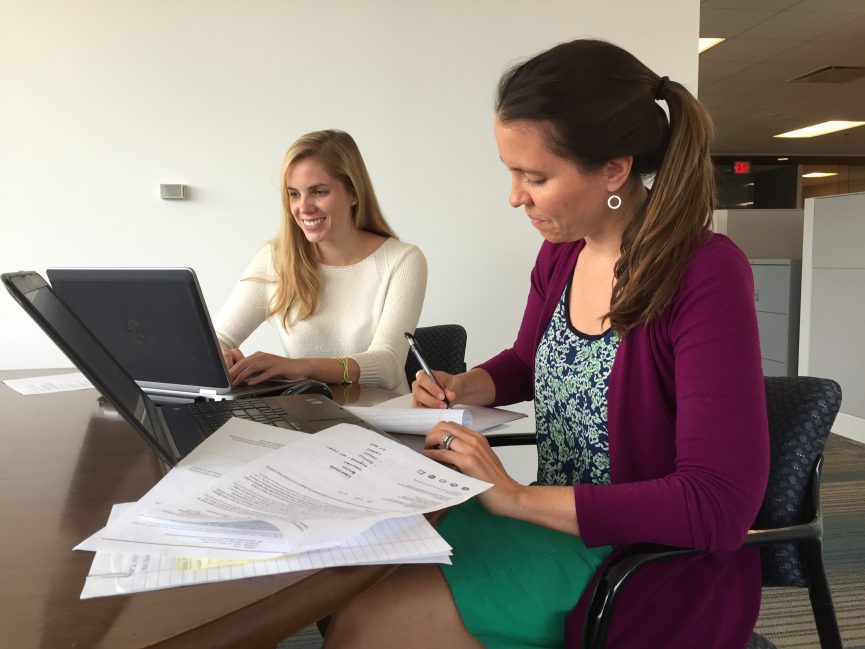
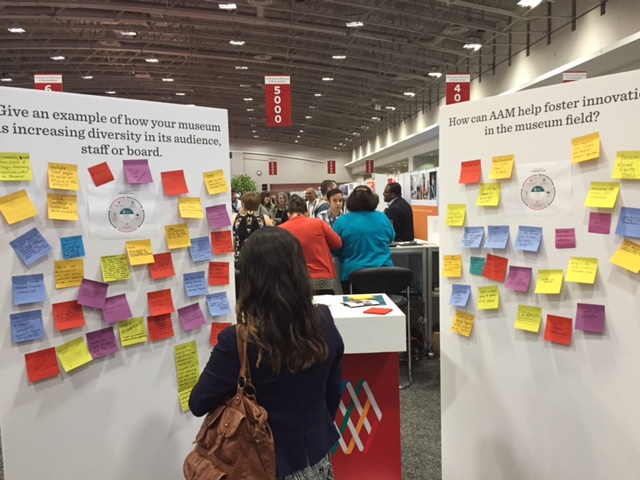
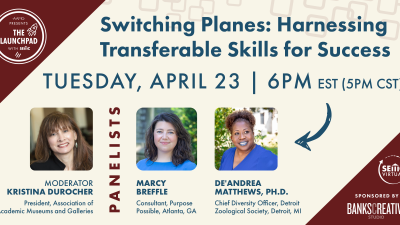



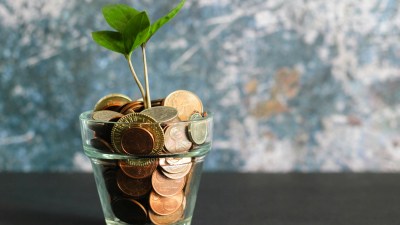
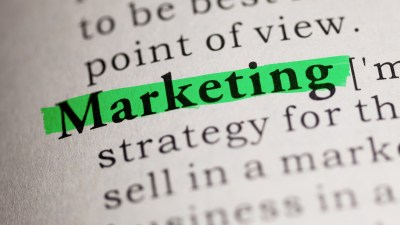
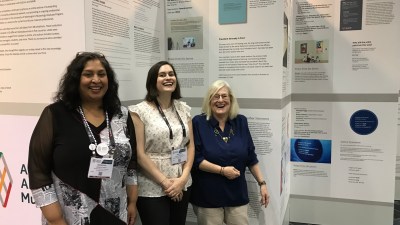
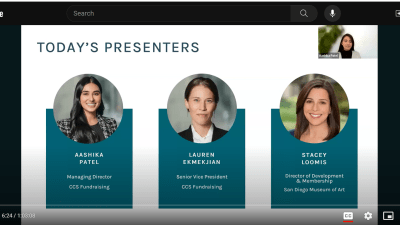
Rob, This is fantastic. Congratulations to you and all the AAM’ers who engaged in this important work! Best, Ford
Thanks Ford! It’s a great team here at AAM. I’m really excited to pull them into more experiments like this.
We would like to learn new and innovative ways to use technology – inexpensively and creatively – to produce more dramatic presentations of our local history and objects.
Thanks Danielle,
Yes – we will definitely be sharing about the techniques we’re using to do work like you see here in this website. I think there are a lot of unique ways that museums can use very simple technology that doesn’t have to cost very much money and can really help improve the way we share our content.
Thanks for following along with us – we’d love to continue to get your feedback on these ideas.
Wonderful! Glad to see this at AAM. We at The MuseLab at Kent State would love to partner with you. We opened three years ago with a similar mission, as a place to test out ideas and expand the boundaries for museums. Of course, we are much smaller, but have the fortune to be positioned in an academic environment where pushing the envelope is welcomed. There is such great and exciting potential out there! Check us out at http://www.themuselab.org.
Thanks for your comment and pointers to The MuseLab Kiersten! One of my favorite things about the museum field is that there are so many interesting people to collaborate with. Stay tuned for some musings on the emergence of these “Labs” across the sector and what they mean and might be good for.